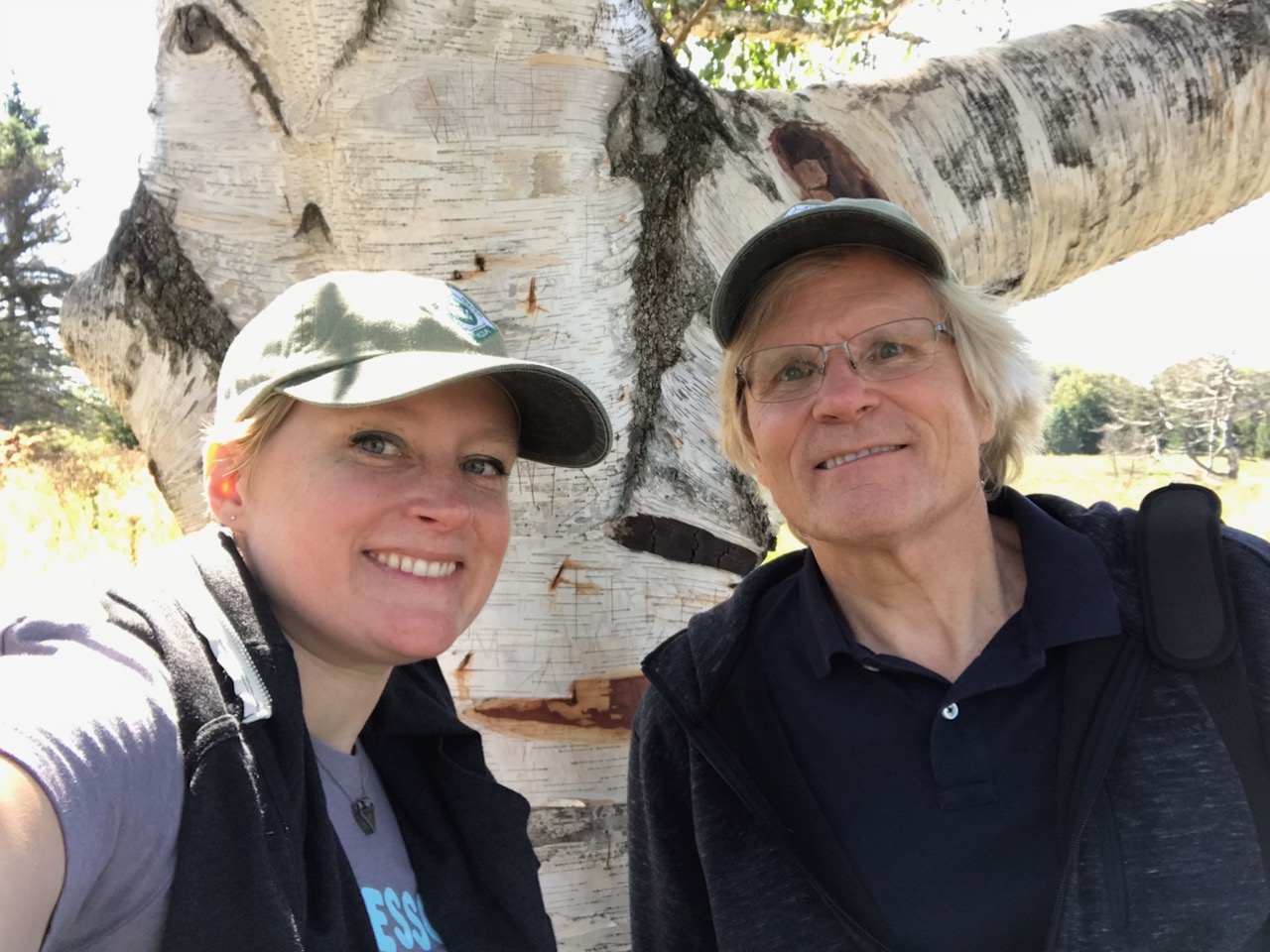



'High Grow' represents several species of cotoneaster known for their tall growth to five feet or more as well as evergreen foliage and heavy fruit displays. The goal of this was to at first to discover plants resistant to fire blight as well as find more vigorous plants that could be used as an evergreen hedge type material easily produced from seeds and cuttings. Over time, the planting was left untended and the plants suffered from drought. Eventually the small 20 foot row yielded some amazing fruit producers including many prolific clustering types as well as black fruited selections.
Cotoneaster is one of those plants that is planted much like the deciduous holly known for its bright red fruits. "High Grow" represents 4 different species and hybrids where fast growth, tall height and good fruit display are the primary reasons to grow it. Although cotoneaster is edible, it is also very bland and mealy. At this juncture, I have not one that I would consider enjoyable to eat fresh. However cotoneaster can hybridize with pear if done by hand. This is a possibility but remote. But I would try it. In the meantime, 'High Grow' cotoneaster could provide an evergreen nature to a landscape or hedgerow or just for bird use. The fruits are consumed quickly by birds. I think the most common I have see are the cedar waxwings. Unlike the landscape forms, this version is the opposite and is a tall broad spreading shrub.
Seeds were originally harvested from a very large collection of mixed species. The initial goal was to find more evergreen shrub forms from the northern U.S. Images will show the different fruit forms and colors.
| Plant Specs |
| Genus & Species |
Cotoneaster species |
| Seed Source |
Michigan |
